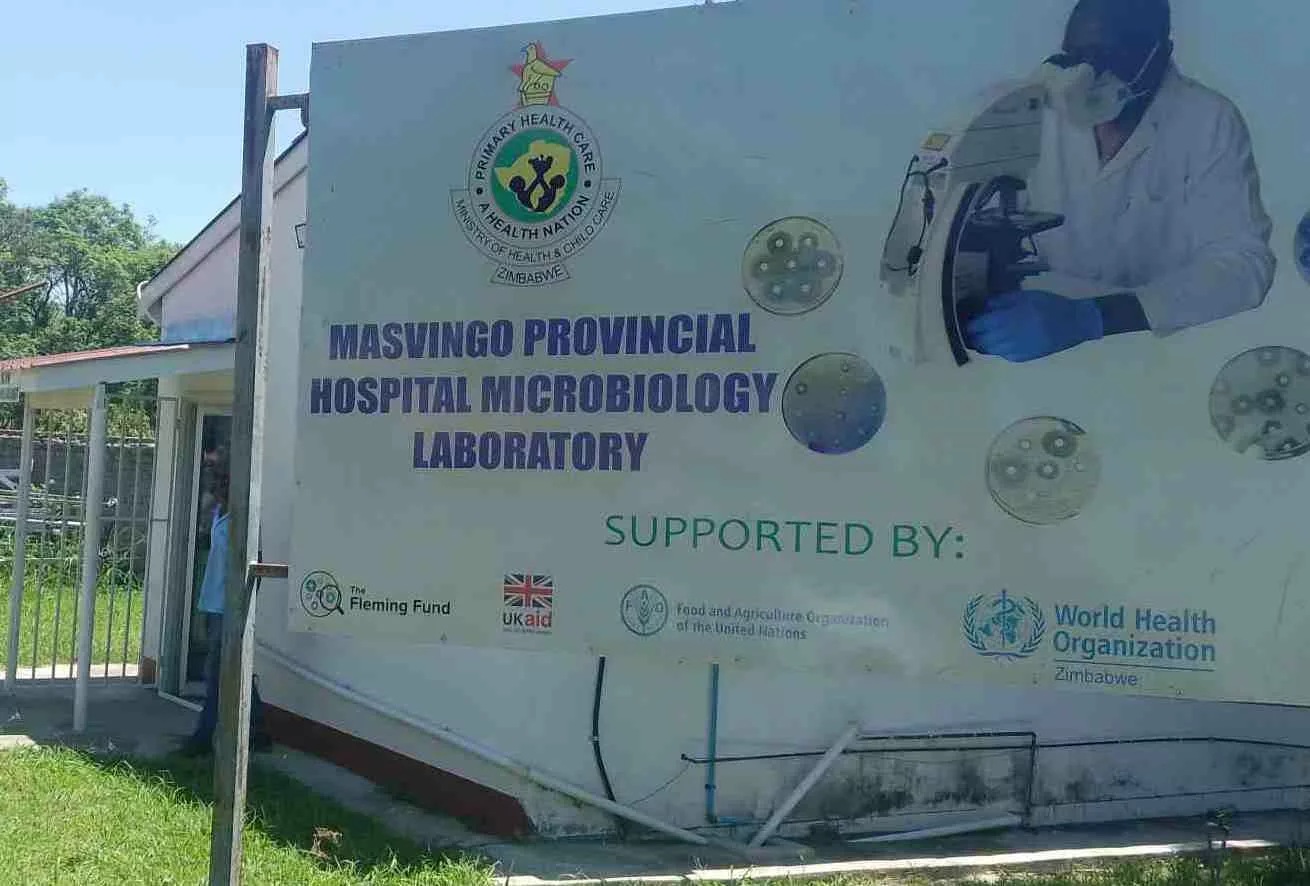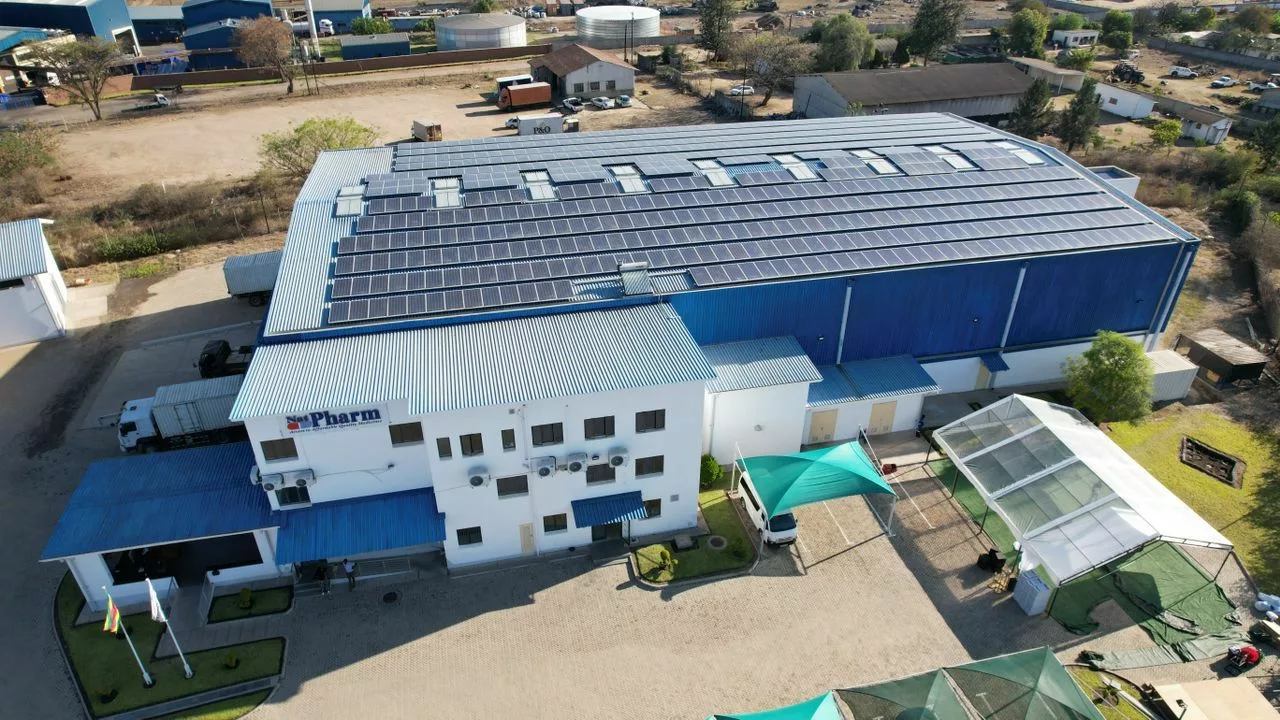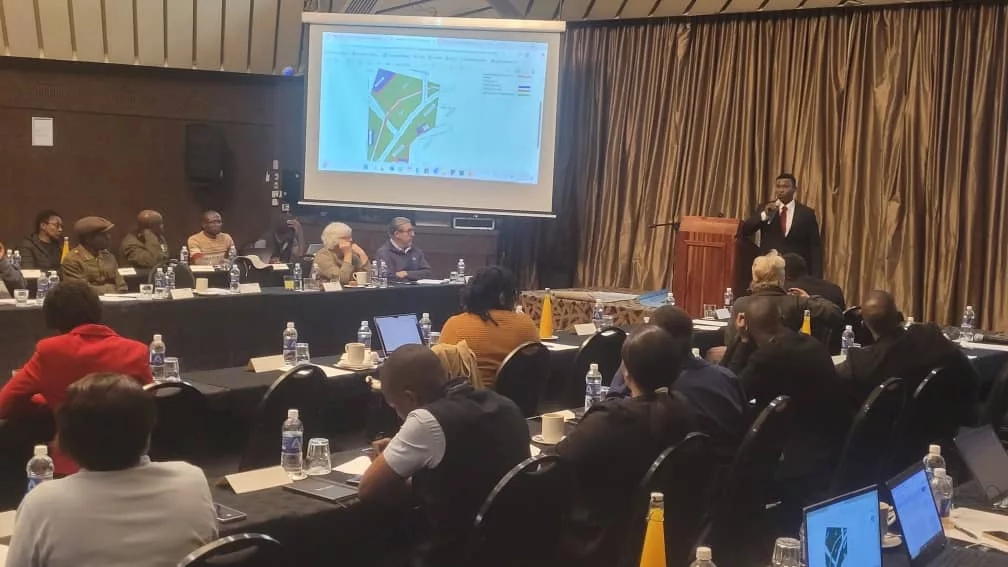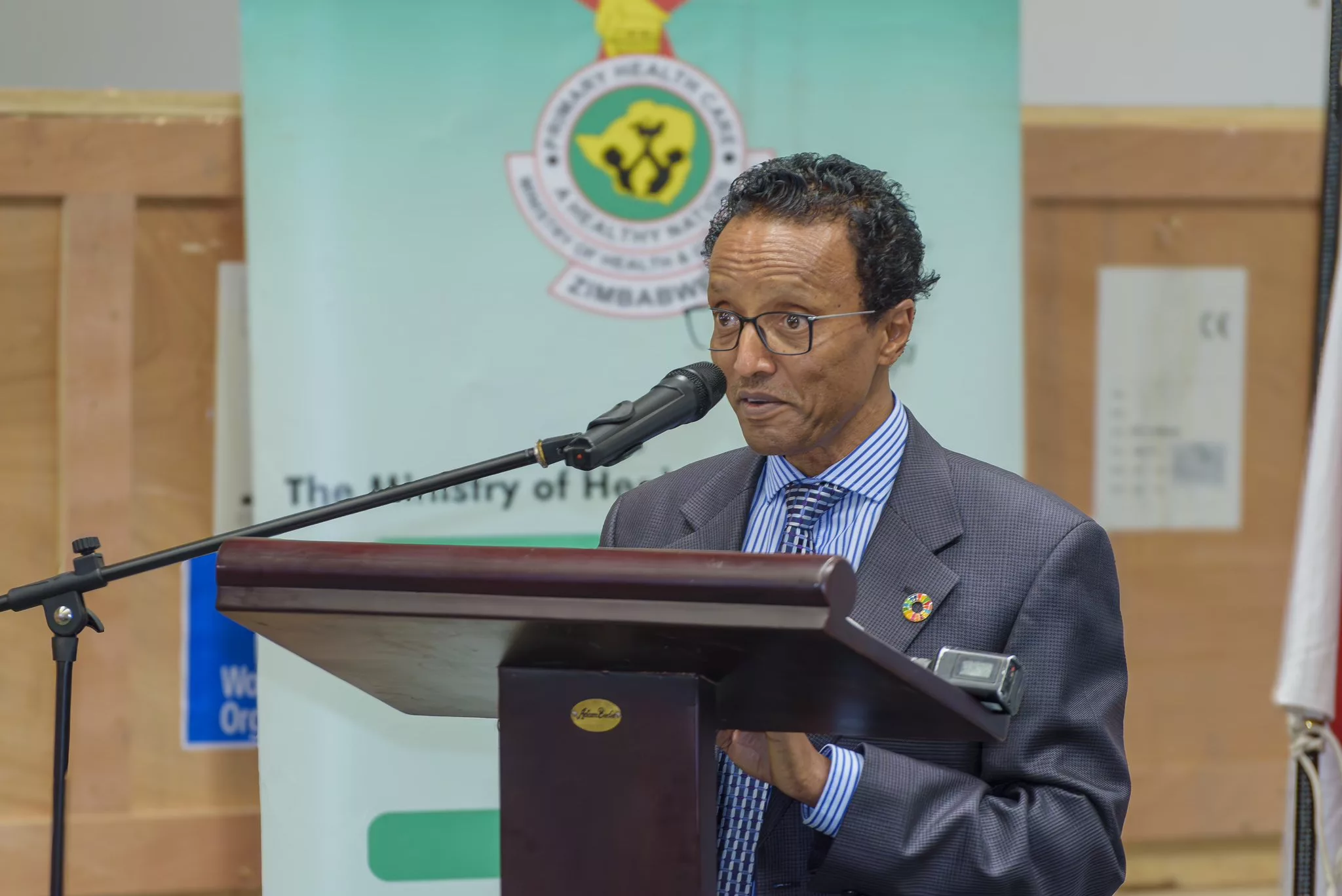|
Getting your Trinity Audio player ready...
|
The UNDP commissioned the new NatPharm warehouse in Masvingo and 178 pharmacy stores marking a significant achievement in Zimbabwe’s healthcare infrastructure. This project, supported by the Global Fund and UNDP in partnership with the Government of Zimbabwe, is part of the larger Resilient Systems Strengthening for Health (RSSH) initiative aimed at improving healthcare delivery across the country.
Speaking during a United Nations Communication Group (UNCG) Media Tour at the Natpharm Masvingo warehouse today, Linda Chamboko, the General Manager of the facility said the NatPharm warehouse caters to the 250 facilities in Masvingo province.
“We are one of the companies that benefited from the partnership between NatPharm UNDP and the Ministry of Health and Global Fund and we are happy to say that we have one of the state-of-the-art warehouses for Masvingo province. So here in Masvingo province, this NatPharm warehouse caters to the 250 facilities that we have in the province. We also cater to the seven districts that are in Masvingo province.
“So what we do here is we store and we distribute medicines on behalf of the Ministry of Health and Child Care. We have the medicines for TB, and malaria, the ARVs, and the essential medicines that we store here. We used to have an old warehouse at Masvingo Provincial Hospital which was small and it was inadequate for the demands of the province,” Chamboko said.
The warehouse was constructed beginning in 2017 and it was finished around 2020. The new warehouse has proved to be of great relief for Masvingo province.
“Now we can cater for the whole province by storing the commodities that are needed just in time for deliveries. We have solar panels. The whole roof is full of solar panels that can power our warehouse. We have a 201-kilowatt power station that can power the whole warehouse so we can maintain our commodities in the required temperatures that are required by good warehouse practices. This solar system has helped us to store commodities the way they should be,” she added.
Speaking during the commissioning of the Natpharm Warehouse in Masvingo recently, UNDP Resident Representative in Zimbabwe, Dr. Ayodele Odusola, said to complement Government efforts to improve the handling capacity of this supply chain, by ensuring sufficient space at central and regional warehouses as well as at health facilities across the country, UNDP, through the Global Fund, has invested nearly US$30 million in the provision of warehousing (Masvingo, Mutare, and preparatory works for Harare warehouses) and improvement in storage enhancements at health facilities since 2014.
“There are ongoing efforts to renovate the Harare old warehouse and enhance 3 Chinhoyi, Gweru, and Bulawayo warehouses with Heating, Ventilation, and Air Conditioning (HVAC) systems and solar installations. The completion of this new warehouse has increased the available storage space by four and a half times the size of the previous warehouse. The modern warehouse handling equipment and solar system have improved the efficiency of the warehouse,” Dr. Odusola said.
In continuation of promoting healthcare infrastructure, the Zimbabwe Antimicrobial Resistance (AMR) Country grant consortium consisting of the Food and Agriculture Organization of the United Nations (FAO) as lead grantee, the World Health Organization (WHO), and the Biomedical Research and Training Institute (BRTI) partnered to rehabilitate 14 human and animal health laboratories which were commissioned in May 2022. The rehabilitation is under the project entitled, “Addressing gaps in surveillance of antimicrobial resistance in Zimbabwe” funded by the UK Government’s Fleming Fund to the tune of £4 million.
Speaking during a tour of the Masvingo Hospital Microbiology Laboratory, Modina Mashakada, the Laboratory Manager, said they are doing the AMR survey.

“So, the BRTI is one of the partners who is involved in the setup and the provision of reagents and everything.We do samples for diseases like cholera. The samples for our patients and other patients from other district hospitals are referred to our hospital. When we get something, then we send isolates to the national medical village.
“With this AMR survey, we are equipped a bit more than the district labs. So when they can’t afford to process the samples, they send them to our lab. Since we have a blood culture machine, we have different types of media. So that alone is a step ahead from other hospitals. This laboratory is one of the laboratories in Zimbabwe that were rehabilitated to strengthen AMR surveillance in Zimbabwe,” Mashakada said.






